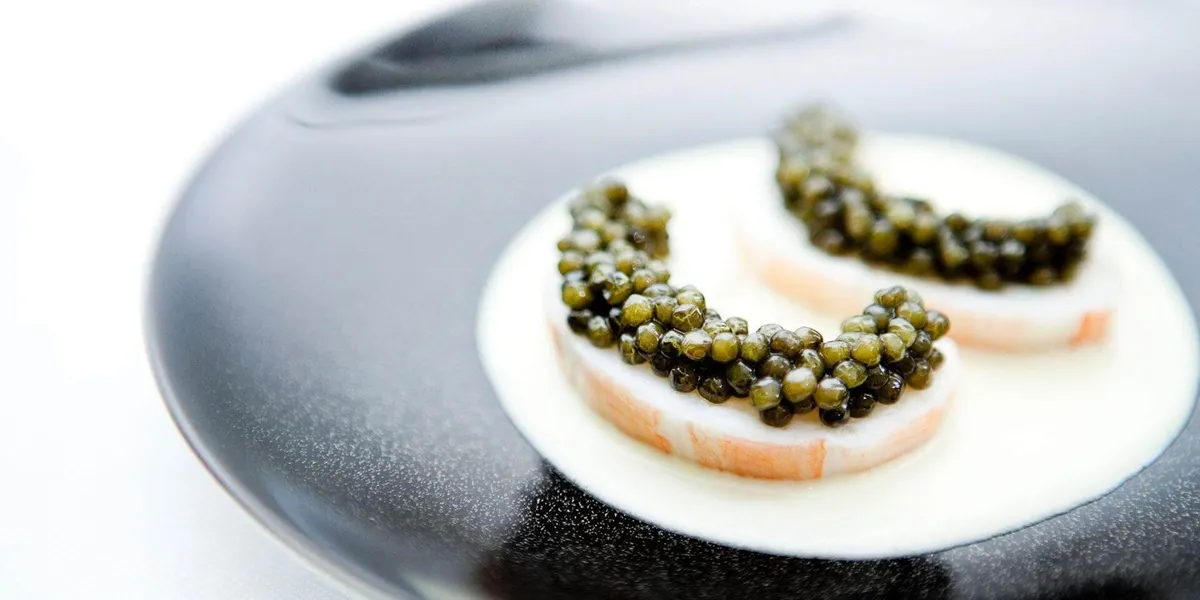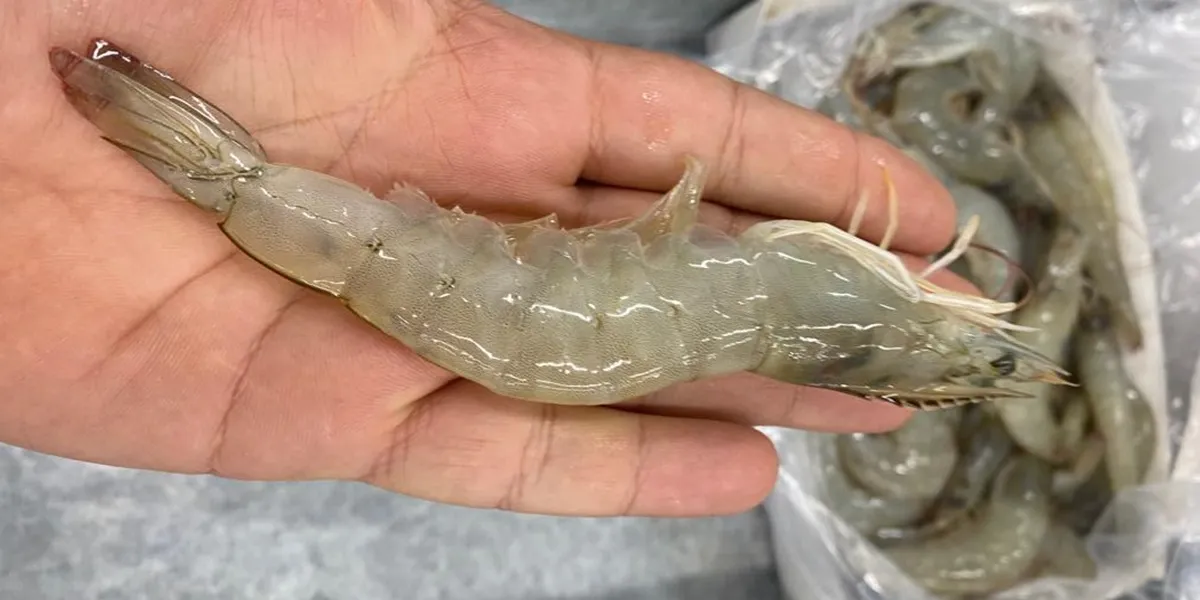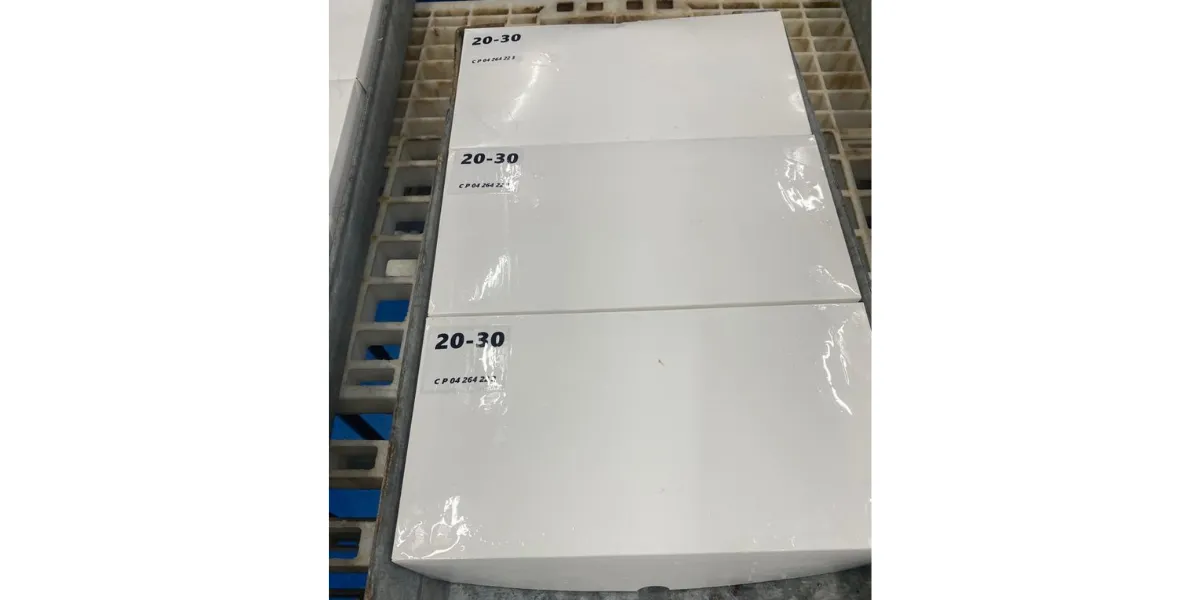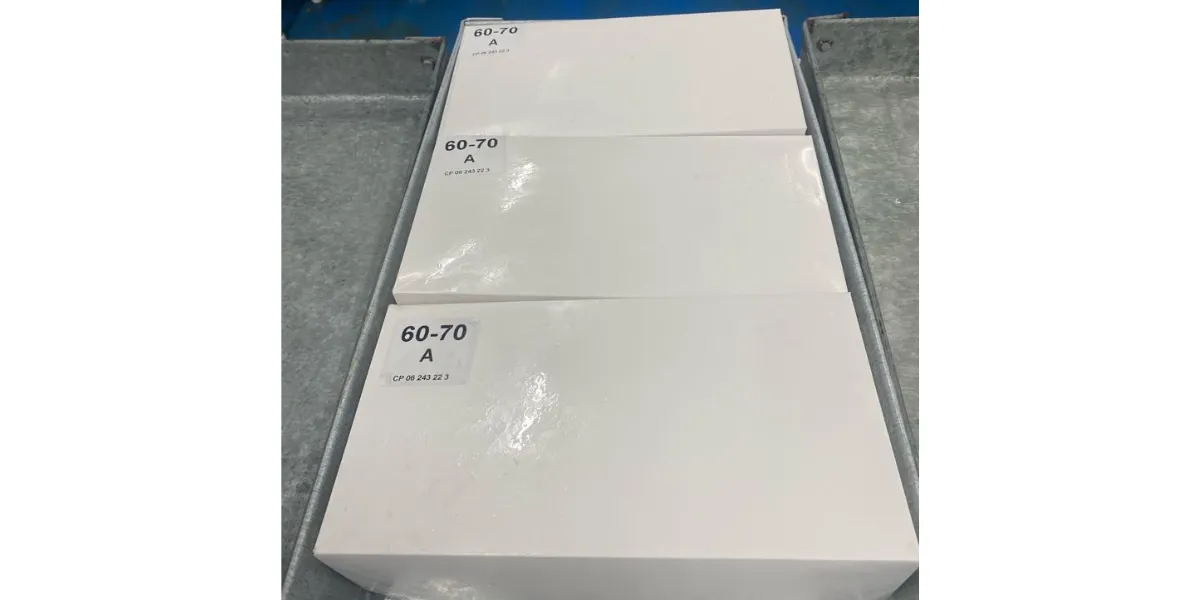Water is not just a backdrop in the world of aquaculture—it’s the silent sculptor of flavor. From the mineral composition of a freshwater spring to the microbiome of a recirculating aquaculture system, every drop contributes to the final character of caviar. High-quality roe isn’t just a product of healthy sturgeon; it’s a direct reflection of the water in which they’re raised. Elements like oxygen levels, salinity, temperature, and the presence of trace minerals all affect the biochemical composition of the eggs—resulting in variations in creaminess, brininess, firmness, and even aroma.
Whether it’s the silky texture of Iranian caviar or the subtle marine notes of Caspian roe, water is a defining factor. In this article, you’ll discover how water chemistry, environmental conditions, and aquaculture management techniques influence both types and sensory properties of caviar. Follow along as we dive deep into the science behind flavor development and explore real-world strategies used by top producers to enhance roe quality through water management.
How Water Chemistry Directly Affects Caviar Flavor Profiles
Understanding the unique taste of caviar starts with one fundamental question: What is caviar? At its core, caviar is simply salt-cured sturgeon roe. Yet, behind this simplicity lies a rich world of complexity, especially when it comes to flavor. One of the most overlooked yet critical factors shaping caviar’s flavor is the chemistry of the water where the fish are raised. The levels of dissolved oxygen, pH balance, and salinity can dramatically impact the chemical makeup of the eggs. For instance, water with higher mineral content can enhance the depth and richness of the roe, while acidic or oxygen-depleted environments may lead to flatter or less vibrant flavors. These elements influence lipid oxidation, protein structures, and the microbial balance of the fish environment, all of which subtly shape the final product. Producers who carefully regulate water parameters often achieve more consistent and refined caviar taste profiles. Therefore, the next time you enjoy caviar, remember that the flavor journey begins not just in the fish but in the quality of the water itself. Water chemistry, though invisible to the eye, is one of the most powerful tools in crafting exceptional caviar.
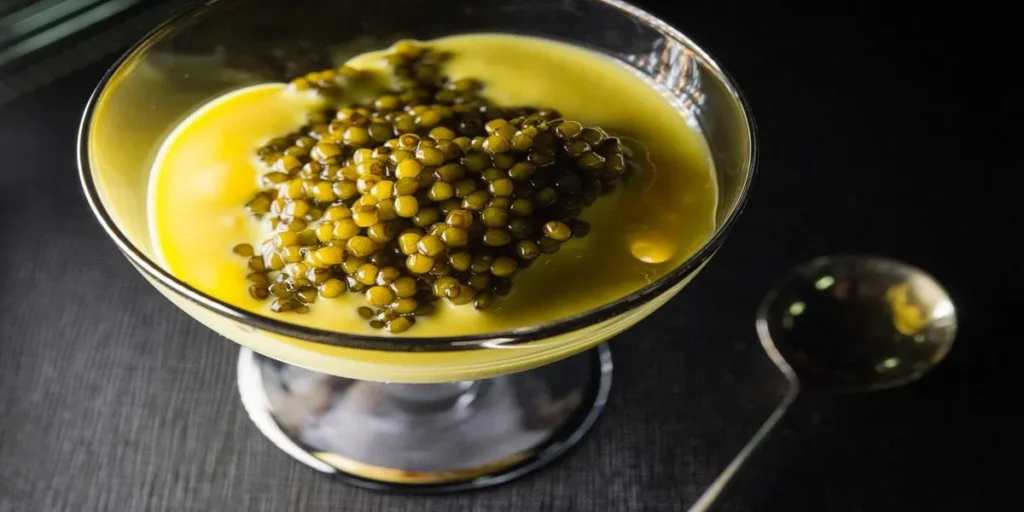
Trace Minerals in Aquatic Environments: Hidden Architects of Taste
Recent Caviar Market Trends reveal a growing focus on the environmental factors that influence taste and texture. Among these, trace minerals in water play a surprisingly powerful role. Elements like magnesium, calcium, zinc, and selenium, even in small concentrations, affect the metabolic processes of sturgeon and, subsequently, the composition of their roe. These minerals contribute to the development of unique amino acid profiles and influence the firmness, aroma, and flavor depth of caviar. For example, calcium can improve the firmness of eggs, while selenium is linked to antioxidant properties in the roe, preserving freshness and flavor. Modern aquafarms now test for these trace minerals and adjust water composition using controlled inputs to improve roe quality. As market demand shifts toward more refined and consistent caviar experiences, producers are increasingly investing in water testing technologies and mineral supplementation. These subtle yet impactful changes allow farms to produce roe with specific flavor characteristics, giving them a competitive edge in a sophisticated global market. Understanding these mineral influences is key not only for farmers but also for consumers seeking high-quality, sustainably produced caviar.
Pollutants and Off-Flavors: The Unseen Enemies of Premium Caviar
Among the many Types of caviar available today—beluga, osetra, sevruga, and others—the flavor distinctions are not only a result of species and processing but also of environmental purity. Water polluted with heavy metals, ammonia, or chemical runoff can drastically affect the taste of caviar, introducing bitterness, sulfuric tones, or a muddy aftertaste. Even when pollutants are present in low concentrations, they can accumulate in the lipid-rich roe, making the end product less desirable and potentially unsafe. This is particularly important in open water systems or poorly maintained farms where filtration and monitoring may be inadequate. Off-flavors linked to contaminants are not easily masked, and their presence can damage a farm’s reputation. Modern producers are therefore turning to closed-loop systems with advanced water purification technologies—such as UV sterilization and activated carbon filters—to ensure that their water remains free of toxins. Clean water not only protects fish health but also preserves the true taste of each caviar type. As awareness grows, discerning consumers increasingly prefer caviar from operations that prioritize water quality as an essential part of flavor development and food safety.
Freshwater vs. Brackish vs. Saltwater: Which Yields Superior Caviar?
When comparing roe from different origins, one cannot ignore the impact of water salinity. Iranian caviar, celebrated for its luxurious texture and nuanced flavor, is often associated with carefully balanced brackish water conditions found near the southern Caspian Sea. Brackish water, which blends fresh and saltwater, provides an ideal environment for sturgeon by supporting metabolic balance and optimal roe maturation. In contrast, freshwater systems may produce a milder, more delicate taste, while saltwater environments tend to enhance umami depth and firmness. Scientific studies show that the osmotic pressure in different water types influences how sturgeon metabolize lipids and proteins, ultimately shaping the roe’s taste and structure. Iranian producers, long respected for their artisanal techniques, often manipulate water conditions seasonally to fine-tune roe quality. These environmental differences help explain why Iranian caviar maintains its global reputation for excellence. Understanding how each water type influences taste not only guides consumer choice but also informs best practices for aquaculture systems aiming to replicate the region’s exceptional standards.
Biofilm and Bacteria in Water: How Microflora Influence Caviar Texture and Smell
Beyond minerals and pollutants, microbiological factors also play a crucial role in shaping caviar quality. The Health benefits of caviar—such as its richness in omega-3s, vitamins A and E, and antioxidants—can be compromised if water is not biologically balanced. Biofilms, formed by colonies of bacteria on surfaces within tanks or ponds, can harbor harmful microbes that affect roe development. While some microflora support healthy digestion in sturgeon and may even enhance roe properties, others produce off-flavors or lead to spoilage. For example, sulfur-producing bacteria can cause a faint “rotten egg” smell in caviar, while imbalanced microbial loads can increase the risk of infections in fish, indirectly altering the quality of the eggs. Modern aquaculture employs probiotic treatments, UV sterilization, and regular microbial profiling to control these variables. Maintaining a healthy aquatic microbiome ensures that caviar retains its clean, fresh aroma and silky texture while preserving its nutritional properties. Ultimately, microbial management is essential for delivering a premium product that lives up to its reputation—for both flavor and health.
Water Temperature and Roe Development: A Sensory Science Perspective
Water temperature plays a pivotal role in sturgeon physiology and the resulting quality of caviar. Maintaining optimal temperatures is essential for producing High quality caviar. Sturgeon thrive in cooler waters, typically between 10°C to 20°C. Deviations from this range can induce stress, adversely affecting the flavor and texture of their eggs . Elevated temperatures can accelerate metabolic rates, leading to premature maturation of roe, which may compromise its texture and taste. Conversely, excessively cold water can slow down metabolism, delaying roe development and potentially impacting the consistency of caviar production. Therefore, precise temperature control is crucial in aquaculture settings to ensure the development of roe with desirable sensory attributes. Implementing advanced monitoring systems and geothermal solutions can help maintain stable temperatures, promoting the production of high-quality caviar.
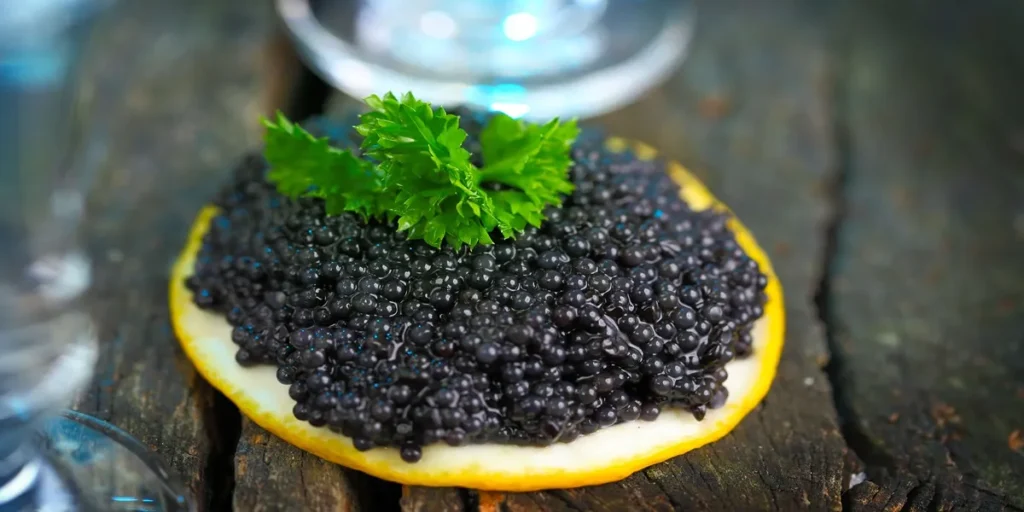
Clean Water, Clean Taste: Why Filtration Systems Matter in Sturgeon Farming
The purity of water in sturgeon farming is directly linked to the taste and safety of caviar. Advanced filtration systems are essential to maintain optimal water quality. Recirculating Aquaculture Systems (RAS) are widely used to filter and recycle water, ensuring the removal of waste products and maintaining appropriate oxygen levels . These systems typically include mechanical filters to remove solids, biofilters to eliminate ammonia and nitrates, and UV sterilizers to control microbial populations. By maintaining clean and oxygenated water, these filtration systems prevent the accumulation of off-flavors and contaminants in the roe, resulting in caviar with a clean, fresh taste. Moreover, consistent water quality reduces stress on sturgeon, promoting healthier growth and more consistent caviar production. Investing in robust filtration infrastructure is therefore a critical component in producing premium-quality caviar.
The Role of Seasonal Water Variations in Flavor Consistency
Seasonal changes can significantly impact water quality parameters such as temperature, oxygen levels, and microbial activity, all of which influence caviar flavor. For instance, warmer temperatures in summer can decrease dissolved oxygen levels, potentially stressing sturgeon and affecting roe development . Additionally, seasonal fluctuations can alter the microbial composition of water, introducing different bacteria that may influence the taste and safety of caviar. To mitigate these effects, aquaculture operations must implement adaptive management strategies, such as adjusting feeding regimes, enhancing aeration, and closely monitoring water quality parameters throughout the year. By proactively managing these seasonal variations, producers can maintain flavor consistency in caviar, ensuring a high-quality product regardless of external environmental changes.
Scientific Monitoring Tools for Optimal Roe Flavor in Aquafarms
Modern aquaculture relies on advanced monitoring tools to maintain optimal water quality, directly influencing the flavor and quality of caviar. Instruments such as dissolved oxygen meters, pH sensors, and temperature probes provide real-time data, enabling precise control over the aquatic environment . Automated systems can adjust aeration, filtration, and feeding based on sensor inputs, ensuring stable conditions conducive to high-quality roe development. Additionally, integrating data analytics allows for the identification of trends and potential issues before they affect caviar quality. By employing these scientific tools, aquafarms can optimize conditions for sturgeon, resulting in consistent and superior caviar flavor profiles.
Best Practices for Water Management in Caviar Production Facilities
Effective water management is fundamental to producing high-quality caviar. Best practices include regular monitoring of water parameters such as temperature, pH, dissolved oxygen, and ammonia levels. Implementing Recirculating Aquaculture Systems (RAS) allows for efficient water use and consistent quality control . Regular maintenance of filtration systems ensures the removal of waste and harmful substances, preventing the development of off-flavors in caviar. Additionally, maintaining biosecurity measures, such as controlling microbial populations and preventing pathogen introduction, safeguards sturgeon health and roe quality. Training staff in water quality management and establishing standard operating procedures further enhance the consistency and safety of caviar production. By adhering to these best practices, producers can ensure the delivery of premium caviar with desirable taste and texture.
Concluding Title: Pure Waters, Refined Taste: Why Caviar Quality Begins at the Source
Caviar may be born from the sturgeon, but its flavor is born from the water. Every sensory attribute that defines premium roe—smoothness, subtle saltiness, rich mouthfeel, and clean aroma—can be traced back to the water conditions in which the fish were raised. Scientific studies consistently show that fluctuations in pH, oxygen levels, mineral content, and microbial balance directly affect the chemical makeup of caviar, especially its amino acid profiles and lipid composition.
Different water environments yield distinct types of caviar. For example, roe from sturgeon raised in slightly saline water tends to develop a firmer texture and deeper umami taste, while freshwater systems may promote milder, creamier notes. The presence of natural minerals like calcium, magnesium, and even selenium can enhance the complexity of flavor, while contaminants or poor filtration systems can introduce metallic or earthy undertones.
Modern aquaculture embraces this science. High-end producers now monitor and control water parameters with surgical precision—using filtration technologies, UV sterilization, and even probiotic management to maintain water purity and microbial balance. The result? More consistent, superior-tasting roe.
Understanding water’s role isn’t just academic—it’s transformative. It allows producers to tailor the environment to develop specific caviar types with desired characteristics. For consumers, it offers a deeper appreciation for the nuance behind each tin of roe.
Ultimately, great caviar begins long before harvesting—it begins with the quality of water. And that makes water not just an element of aquaculture, but the very soul of caviar craftsmanship.

